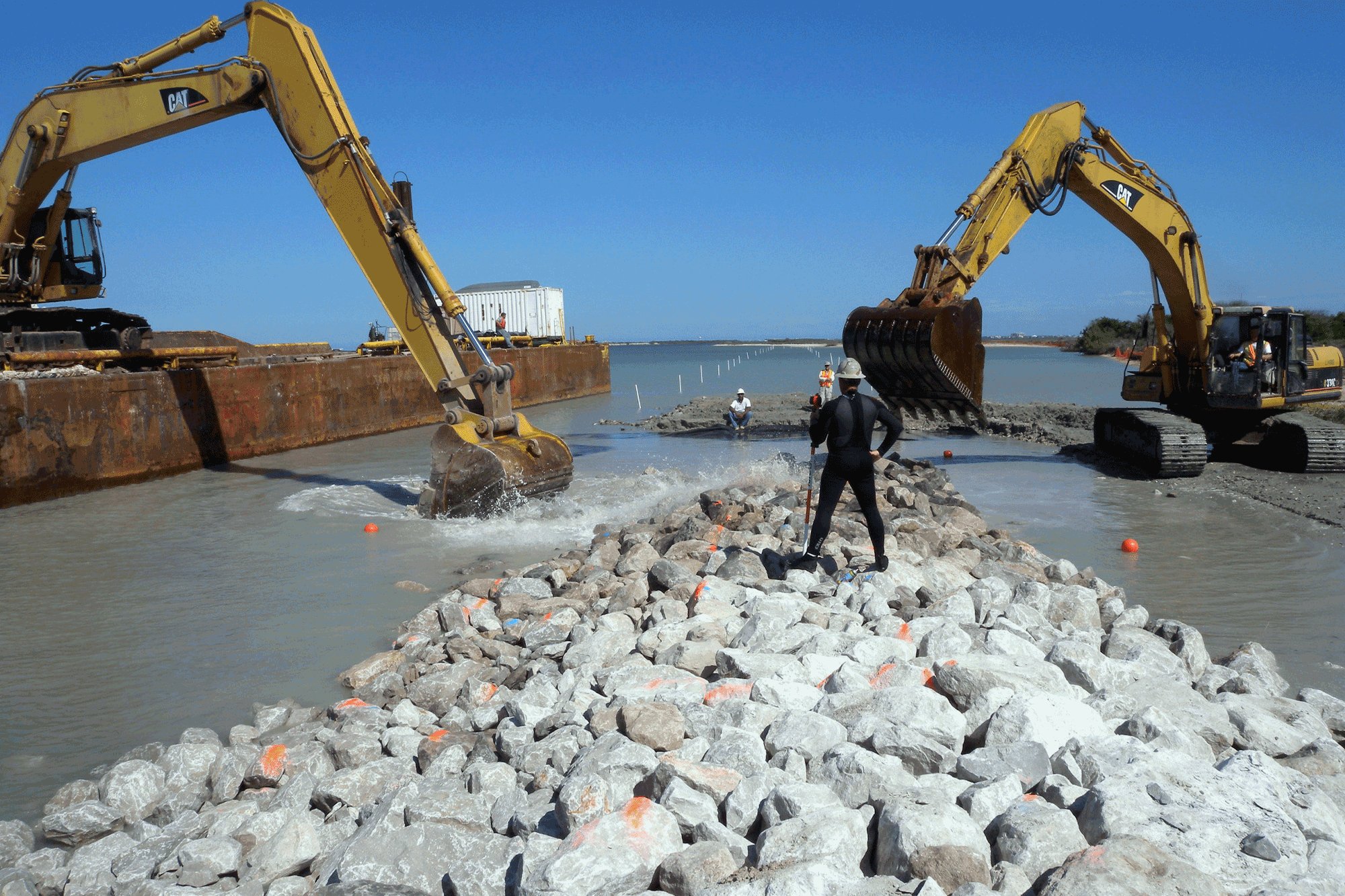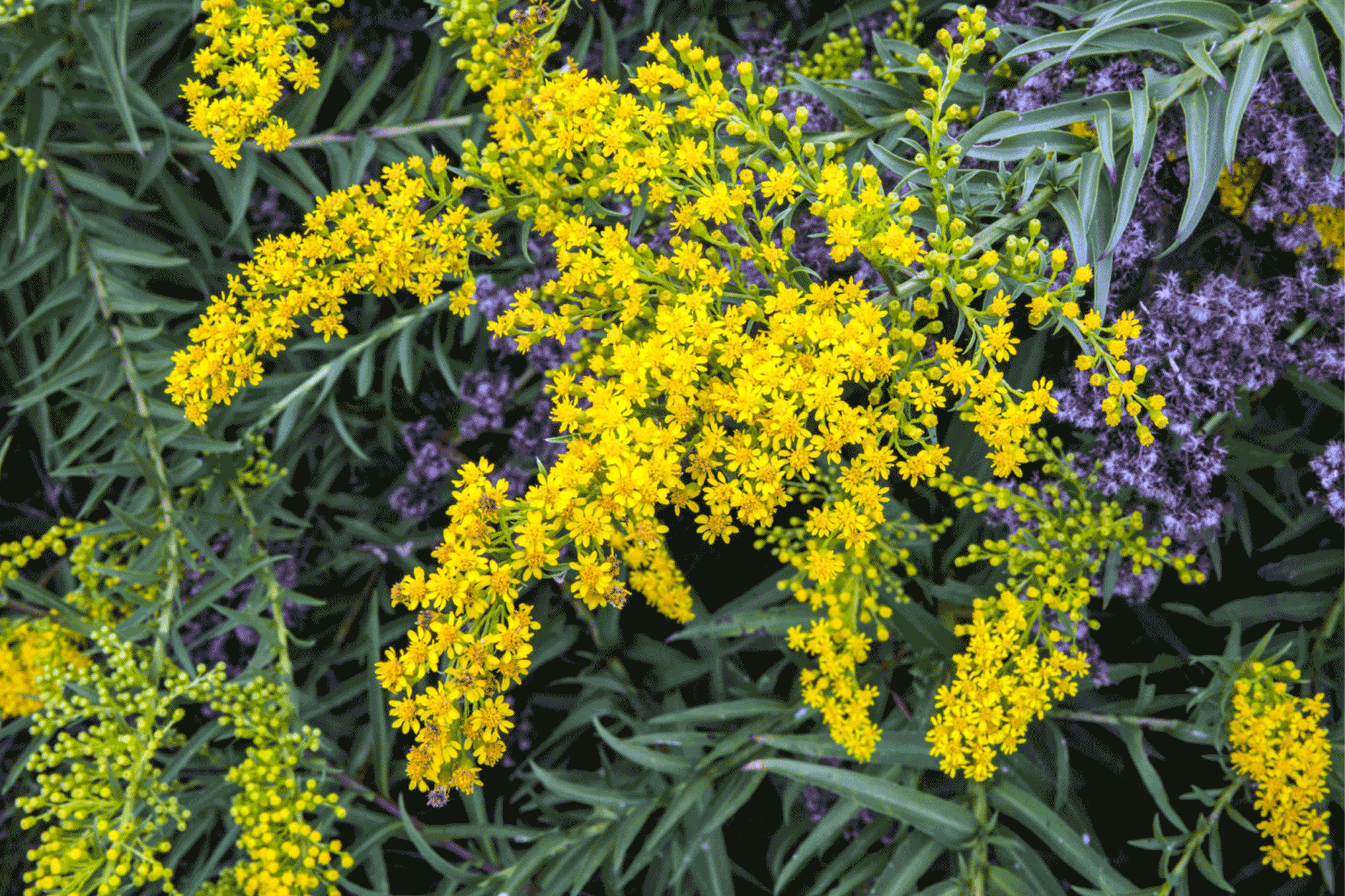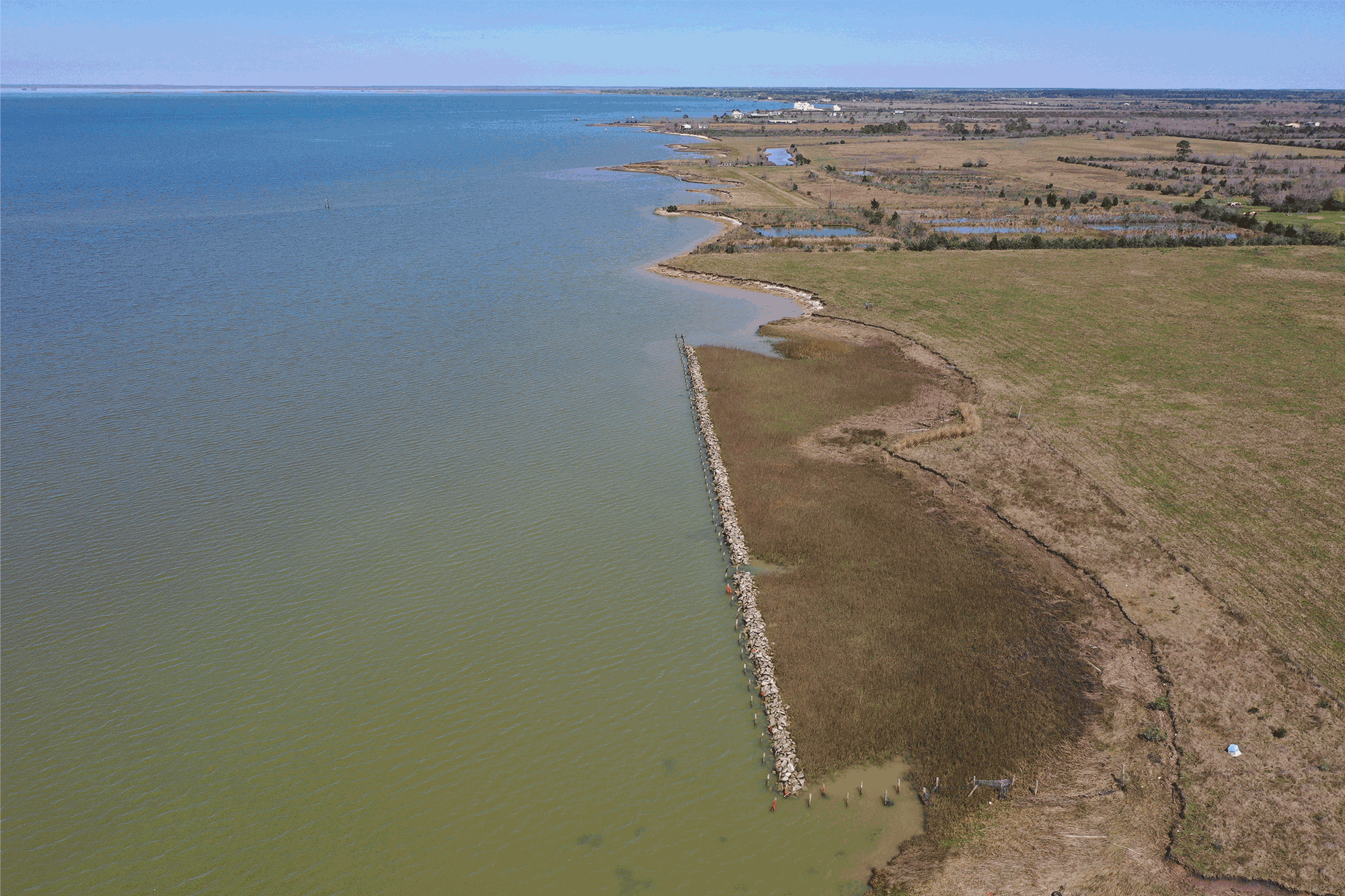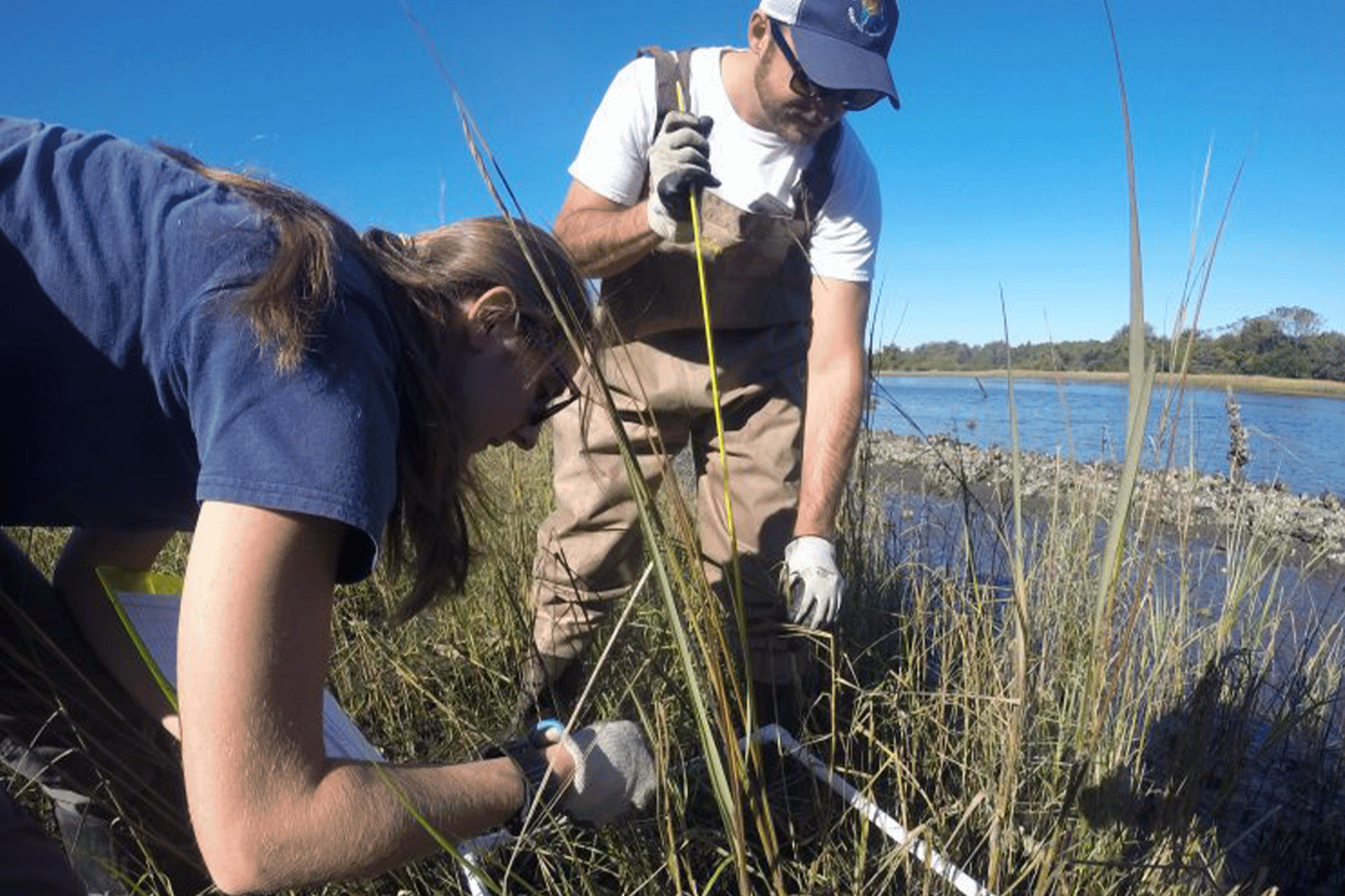Step Six: Construction
Construction can start once you receive written authorization from the Texas General Land Office, the United States Army Corps of Engineers, and any other required authorizing entity. The development and implementation of a living shoreline requires careful planning, sound engineering, and time for permitting and construction, but the long–term benefits of a living shoreline on your property are immeasurable. Keep your eye on the prize and your end goals in mind!
Construction of a living shoreline project can vary widely in complexity depending on the project design, components, and site characteristics. The project components may need to be completed in phases. Volunteers or the individual landowner may be suitable to implement vegetative plantings, but other jobs such as breakwater installation or slope grading often require the use of heavy equipment and teams of trained professionals.
Construction Tips to Consider
- The construction process may take up to a year or more, and delays are always a possibility.
- Having experienced engineers involved with the construction will help prevent many problems.
- Expect that the project planners will need to be flexible and some changes may need to be made.
- Consider aesthetics along with functionality.

Construction Timelines and Planting Seasons
While it is wise to assume that your living shoreline project will not necessarily proceed perfectly according to a timeline, some of the steps will be very difficult or impossible during certain times of year. Moving forward with construction during hurricane season or the coldest parts of winter could lead to setbacks or more difficulty in completing the work. If possible, it may be best to not plan for construction to take place during these times. Plantings are even more season–dependent. Freezing weather and the high heat of the summer can both preclude successful plant establishment. Check out more information about common living shoreline plantings used in Texas on our Planting Guidance page.
Materials Sourcing
While the Texas General Land Office cannot recommend specific vendors for living shoreline materials, below are a few guidelines to consider when acquiring different types of living shoreline materials.
Keep Exploring

Discover the most common native plants that thrive in Texas coastal habitats as well as other resources to help with native plant selection for your living shoreline.
Learn More

Although funding cannot be guaranteed, resources are available for property owners to explore related to living shorelines.
Learn More
Learn about important factors and general costs to consider when choosing among shoreline stabilization techniques.
Learn More
